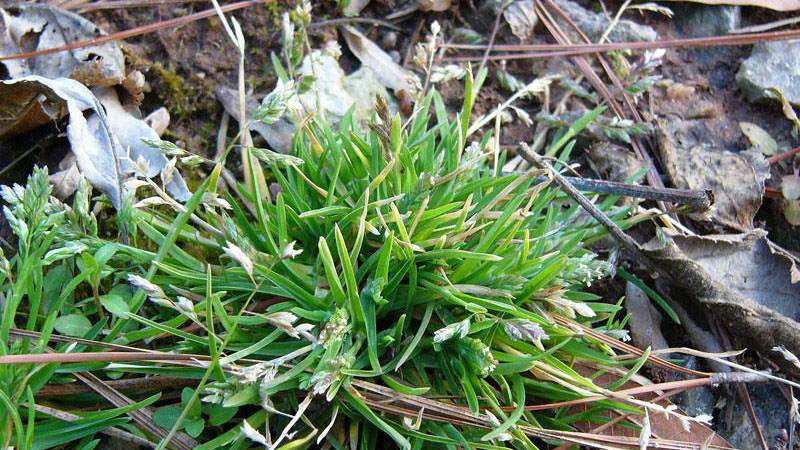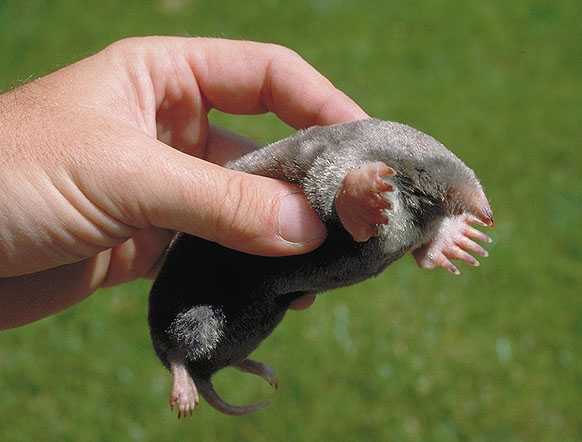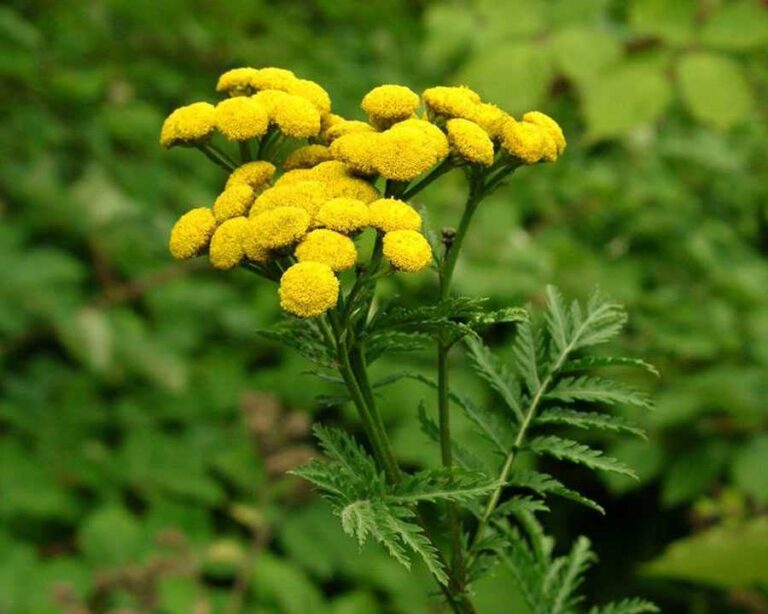What are the Most Common Weeds in North Carolina?
Weeds are an undeniable nuisance that prevents your lawn from flourishing. They are pervasive enough to damage your lawn and waste your time and money. Lawn weeds are detrimental to the health and longevity of your lawn as they compete with your lawn grass for water, nutrients, minerals, and other resources. Unfortunately, they have invasive roots and produce seeds aggressively, allowing them to crowd your grass quickly.
Preventing and controlling the growth of weeds in your lawn is difficult, especially if you don’t know the type of weeds in your lawn. That said, below are the most common weeds in NC, identifying characteristics and tips on how you can control them.
White Clover
White clover is among the many invasive weeds in NC that negatively affect lawn grass. These vigorous weeds grow rapidly on lawns, gardens, grasslands, and other moist soil areas. White clovers are perennial weeds, which means they can live for years. It starts blossoming in early spring all through fall. Once it starts spreading, it can quickly cover the entire yard.
While white clover is a nuisance, it benefits your garden and pollinators. It improves soil fertility by fixing nitrogen in the soil. Bees and other pollinators will also enjoy the nectar from its flowers. Key characteristics of white clover include:
- Wedge-shaped leaves with serrated margins
- Low growing
- Hairy stems
- Produces clusters of white/pinkish small flowers
Creeping Charlie
You won’t certainly miss creeping Charlie on your North Carolina lawn. It is an invasive weed that grows primarily in moist and shady environments. If ignored, creeping Charlie can easily take over your garden or lawn, making it difficult to control. Besides, this weed is highly resistant to conventional herbicides. As such, controlling it requires a combined approach.
The only benefit of creeping Charlie is its edible nature. You can use it as a garnish or in preparing salads. Some also believe it has medicinal properties and use it for managing colds and coughs. You can easily identify creeping Charlie through the following:
- Runners that spread up to 7ft long
- Produces funnel-shaped, blue-violet flowers
- Forms dense mat of vegetation that covers the ground
- Has 2ft long square stems
- Grows in different soil types
Nutsedge
Nutsedge weeds are aggressive and persistent lawn weeds in NC that infest lawns, flower gardens, and home landscapes. Controlling and eradicating nutsedge is an uphill task that requires combining chemical and cultural options. Nutsedge highly resembles grasses, making it difficult for homeowners to identify them correctly.
Key characteristics of nutsedge include:
- Triangular stems
- Long-tapered leaf tip
- Yellow or purple seed head
- Thick and stiff leaves
Crabgrass
As the name suggests, crabgrass resembles the ocean crab. However, instead of legs, crabgrass has many stems and grows very low. North Carolina is home to different species of crabgrass, including tropical, Indian, smooth, blanket, and large crabgrass. All species are summer annuals that germinate in spring, grow in summer, and die in early winter.
Identifying features of crabgrass include:
- Sprawling stems that resemble the legs of a crab
- Develops very few tillers
- Thick blades
- Stems form a star-shaped pattern
Goosegrass
Also called the wiregrass, it is an annual summer and occasional perennial grass that grows in high-traffic areas. It is among the common lawn weeds in NC, except for non-irrigated regions. It grows close to the ground and adapts to various environmental conditions. However, it can’t survive frost. Identifying features of goosegrass include:
- Mature plants have pale green flattened stems
- Flowers bloom from July to October
- Mature plants spread 80cm wide
- Fleshy stems at the base
Foxtail
Foxtail is an annual grass-like weed that grows its ugly head during summer. It is difficult to identify this weed in your lawn until their foxy seed heads sprout. It is a stubborn and relentless weed that capitalizes on weak spots in your lawn.
You can easily identify foxtail weeds through the color and size of the seed heads. Yellow foxtail weeds have compact seed heads with soft bristles, while green foxtails have purple or green seed heads.
Splurge
Splurge weed, also called prostate splurge, is among the common types of weeds in NC that can damage your beautifully manicured lawn. The weed is native to Eastern North America and likes growing on cracks on sidewalks and walkways. It also takes root on thin lawns and roadsides.
- Identifying features of splurge weed include:
- Has a lacy network of thin stems
- Small, oval blue-green leaves
- Stems may have a reddish tinge
How to Prevent and Control Lawn Weeds in NC
Recovering your lawn from weed infestation can prove challenging. The best way to control weeds in your lawn is prevention. Annual grass weeds can easily be controlled in early spring when their seeds and seedlings are vulnerable. For instance, applying crabgrass preventer during spring ensures you won’t have a crabgrass problem in summer.
Other tips for controlling lawn weeds include:
- Feed regularly – caring for your lawn prevents the growth of weeds. Weeds can easily overtake your lawn if it is stressed out. Feeding the lawn regularly with lawn fertilizer maintains its thickness and makes it less welcoming for weeds.
- Mow higher – weed seeds need the sun to sprout. Mowing higher means lawn grass will form a thick shade, preventing weed growth.
- Use herbicides – choose between selective and non-selective herbicides for lawn maintenance. Similarly, know when to use pre-emergent and post-emergent herbicides for common yard weeds in NC.
Frequently Asked Questions (FAQs)
What are the main types of lawn weeds?
Lawn weeds are broadly grouped into grassy weeds and broadleaf weeds. Grassy weeds masquerade as healthy turfgrass, while broadleaf weeds have thick, wide leaves.
Where do weeds come from?
Weeds spread from various sources into your lawn through wind, water, air, or birds and animals. However, poor drainage, overwatering, improper fertilization, and soil compaction increase the risk of weed infestation.
How can you maintain a healthy lawn?
Ensuring your lawn is cared for deter weeds from growing and spreading. Mowing weekly, watering deeply, and using appropriate fertilizers are a few ways of ensuring a green, lush lawn.
The Bottom Line
Ensuring your lawn or garden is weed-free requires a lot of effort. However, you should know the type of weeds in your lawn to implement effective control measures. Struggling lawns are prime locations for weeds. Therefore, the best way to avoid weed invasion is to maintain a healthy lawn all year around.






